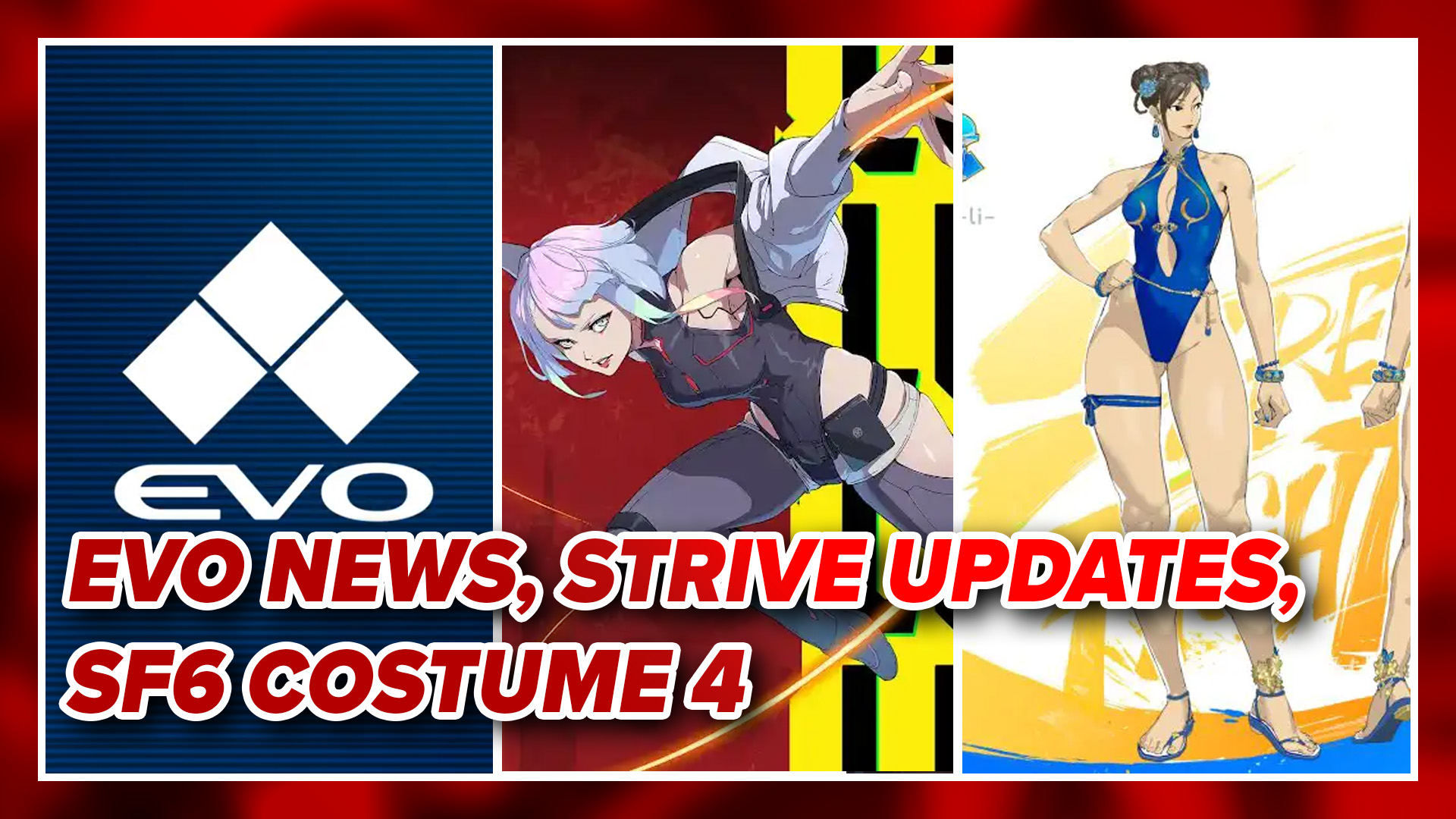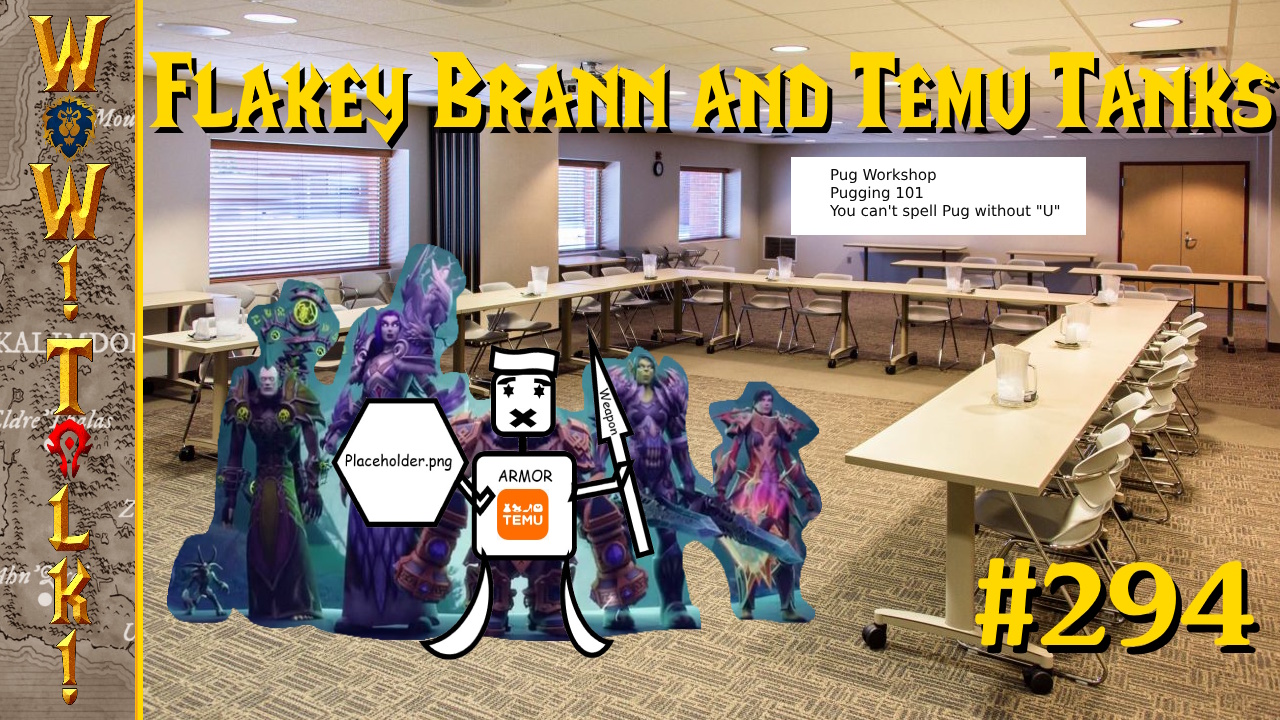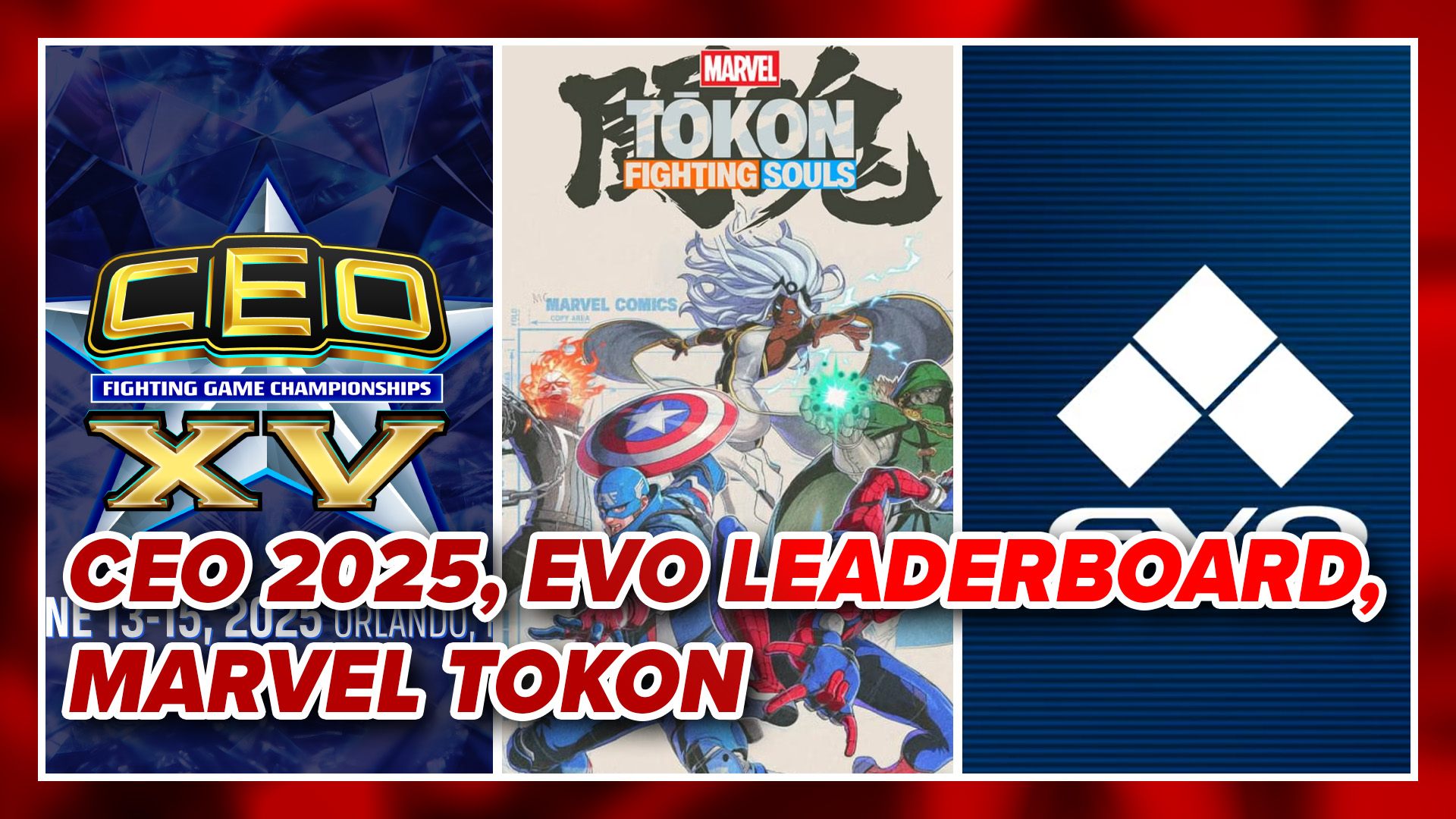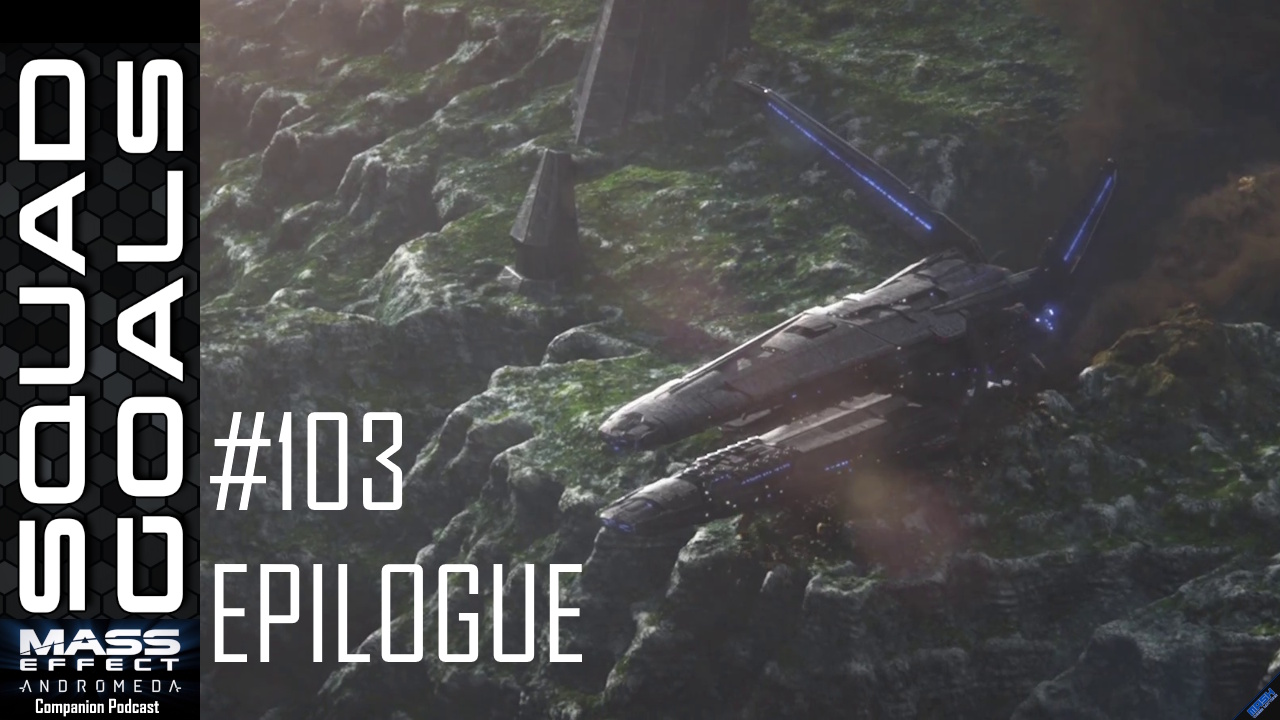
In the future, mankind discovers Rift Energy, also known as Blue Gold. There is a new “gold rush,” and many head out to the Frontier in hopes of cashing in on this precious resource. However, it turns out that Rift Energy can also be dangerous, turning men into mutated psychotic monsters. This is where you come in. You play as Emmett Graves, a partially mutated Rift Salvager, and your job is to get rid of the Outcast (mutants) nuisance plaguing your hometown’s Rift Extractors.
The biggest feature of Starhawk is the “Build & Battle” system. Without switching from your third-person perspective, you can call down both offensive and defensive structures such as supply bunkers, gun turrets, walls, launch pads, and cannons just to name a few. Some structures are completely standalone such as launch pads or tank depots, but others can be attached together to complement each other or change the landscape of the current level. You can literally build a fort in the middle of a level, complete with sniper towers and gun turrets. This really helps when trying to secure certain objectives or perhaps walling off entire areas to keep enemies out.
In order to build structures you need Rift Energy, which you can collect from enemies you kill or canisters found around each level. Another balancing factor that is present is a limit to how many structures you can deploy at once. In single player this is typically a non-factor. In multiplayer, however, it can cause real problems if everyone on the team is not on the same page. Some structures will need to be duplicated such as gun turrets or supply bunkers, but others like launch pads or tank depots would be a waste of a building if one is already built since they can spawn multiple vehicles.
Also, a team needs to build based on the current tone of the battle. If there are a lot of infantry troops attacking your base, having beam cannons (which only fire at vehicles) would be a waste of Rift Energy and a structure. Having one or two allies that build haphazardly can also cause your team to reach your structure limit , thus, making you unable to call down what you need. I guess what I’m trying to say is that teamwork makes the dream work.

As you might have concluded, some buildings spawn vehicles. You have a nice selection to choose from. Sidewinders are futuristic motorcycles. Ox Tanks are tanks that can shoot both normal shells and rain down artillery. No new age multiplayer would be complete without a Warthog-esk vehicle with a gun turret attached. Jet packs come in the form of the Vulture. Finally, we have the vehicle the game is named after: the Hawk. The Hawk is the most interesting out of all the vehicles since it can walk on land and also turn into a jet and soar through the skies at will.
On the ground, the hawk can be a bit clunky but still get the job done. You can use your dual chain guns and secondary weapons, but they perform much better in the sky. As you fly around each level you will pick up additional secondary weapons. Some pack a stronger punch while others may be more accurate or lock on to other Hawks. Also, as long as you can keep an enemy in your reticule, your guns will lock onto them. Sounds easy, but in reality it’s not since Hawks can maneuver quite well. You can tell that a lot of work was put into the Hawk and the way it maneuvers.
New players may want to keep the controls on the normal setting which makes the Hawk easier to control. However, if you want to truly be able to dog fight with other Hawks, you will need to switch to advance controls which allow for much better control over the Hawk. Tight turns, quick dodges, barrel rolls, and many other maneuvers can be completed if you’re skilled enough.
Developers didn’t forget about infantry battles. As much as they packed in for vehicles and structures, they also provided you with a sweet arsenal that should be able to accommodate any player. Nothing really out of the ordinary here. You have your pistol, assault rifle, shotgun, rocket launcher, sniper rifle, and grenades. Personally, I’m happy that they went with futuristic versions of weapons you already know since they won’t add any additional learning curve, and at the very least a player should be able to use those weapons effectively.

The game was built primarily for multiplayer—something that is very apparent from the menu screen. You can choose which server to join, opt for a quick match, or create your own game. You can choose from four different game types (CTF, Zones, Deathmatch, and Team Deathmatch), choose which structure package you want available, and change the terrain you play on. The reason I say change terrain instead of map is because Starhawk handles this a little differently.
Instead of just choosing a map, you choose the environment. Each environment will have two layouts to choose from and the difference between each layout is how many players that layout accommodates. This is critical since choosing a large layout and not having enough players will suck the fun right out of a match. The same thing goes for having too many players on a smaller map. Server admins will need to monitor this and make sure they choose the appropriate size layout for their group.
Your multiplayer character and vehicles are all customizable. As you level your character, you will unlock additional items for your head, torso, arms, legs, and feet. You will also unlock additional paint for your vehicles. You need to unlock items for both factions (Rifter and Outcast). There are a lot of options so trust me, you’ll be unlocking stuff for a long time.
Usually with games where the multiplayer is the core, single player usually blows. Thankfully, this is not the case in Starhawk. The single player is done on a level by level basis, of whom is an award given (silver, gold, blue gold) at the end of each level depending on the performance. It felt like the first three levels were really just training, but after that, the game lets you loose and you can build whatever structures you want, wherever you want to get the job done.

The single player is very close to what you will find in multiplayer. Build structures needed to reach, obtain, or defend your objectives. While this may sound repetitive, the developer did a great job in changing the landscape, combining different enemies, and overall, just making me feel like I wasn’t doing the same thing over and over again. I found the single player to be very fun and look forward to replaying the levels to get blue gold on each.
I have mixed feelings about the enemy AI. They aren’t the greatest at defense. They weren’t push overs, but they weren’t that difficult either. However, when they are attacking, they are much more of a nuisance. They will find ways to make it around your defenses or just straight up destroy them. They will keep you on your toes. Also, I felt that the overall story was decent, but was enough for me to want to keep going.
Starhawk is very well rounded game. Whether you like to play infantry, stick to the ground vehicles, or soar through the skies, I doubt you will find much fault with any of those methods of playing. The Build & Battle system adds fun and a new level of control to your experience. The game comes with both a great multiplayer and fun single player campaign. I think whatever goal LightBox Interactive set for themselves for Starkhawk, they achieved it.




